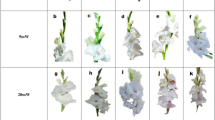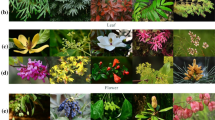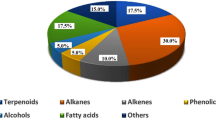Abstract
I BEG permission to make a few remarks on Mr. J. Traherne Moggridge's statement (NATURE, vol. ix. p. 423) that the flowers of Fumaria capreolata are at first pale or nearly white, and only attain their brightest colouring, becoming even crimson, after the ovaries are set. He then adds:—“If the reverse had been the case there is little doubt that we should have regarded the bright colouring as specially adapted to attract insects.” But does Mr. Moggridge know that these flowers are visited chiefly by diurnal insects? It has often been observed that flowers which are visited by moths are commonly white or very pale; but if they are odoriferous, they may be of any tint, even very dark or green. If therefore the flowers of the above Fumaria are visited by moths, it would be an injury to the plant had the flowers been from the first of a fine crimson. I have often seen bees sucking the flowers of the fumariaceous genera, Corydalis, Dielytra, and Adlumia; but many years ago I watched perseveringly the flowers of Fumaria officinalis and parviflora, and never saw them visited by a single insect; and I concluded from reasons which I will not here give (as I cannot find my original notes), that they were frequented during the night by small moths. Insects are not necessary for the fertilisation of Fumaria officinalis; for I covered up a plant, and it produced as many seeds as an uncovered one which grew near. On the other hand, with some species of Corydalis, the aid of insects is indispensable. With respect to the flowers of F. capreolata becoming brighter coloured as they grow old, we see the same thing in some hawthorns, and with the double rocket in our gardens. But is it surprising that this should sometimes occur with flowers, seeing that the leaves of a multitude of plants assume, as they become oxygenised, the most splendid tints during the autumn?
This is a preview of subscription content, access via your institution
Access options
Subscribe to this journal
Receive 51 print issues and online access
$199.00 per year
only $3.90 per issue
Buy this article
- Purchase on SpringerLink
- Instant access to full article PDF
Prices may be subject to local taxes which are calculated during checkout
Similar content being viewed by others
Author information
Authors and Affiliations
Rights and permissions
About this article
Cite this article
DARWIN, C. Fertilisation of the Fumariaceæ. Nature 9, 460 (1874). https://doi.org/10.1038/009460b0
Issue date:
DOI: https://doi.org/10.1038/009460b0



